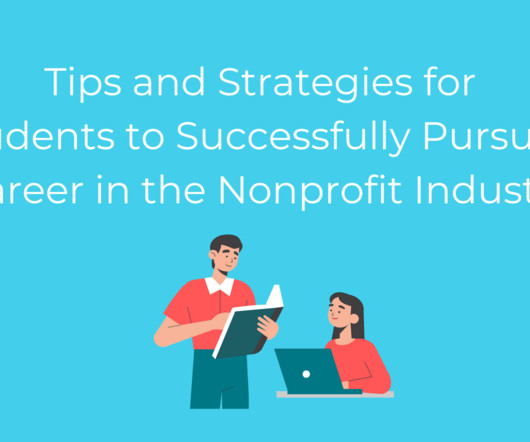In Search of Inclusive Social Entrepreneurship
Stanford Social Innovation Review
FEBRUARY 9, 2023
DJ Bola could fully realize the potential of his venture and started to attend events and form connections within the social entrepreneurship ecosystem. Furthermore, our research revealed that the unequal structure of Brazilian society is reproduced in the field of social entrepreneurship through two mechanisms.



















Let's personalize your content